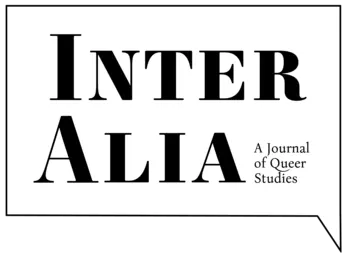https://doi.org/10.51897/interalia/ITWY4311
Modele nienormatywnych rodzin w dyskursie polskich tele-sag
Krzysztof Arcimowicz
Uniwersytet w Białymstoku
Abstrakt:
W Polsce tele-sagi są najpopularniejszymi programami, które skupiają uwagę milionów widzów każdego dnia. Analiza ilościowa i jakościowa siedmiu seriali telewizyjnych (M jak miłość, Na dobre i na złe, Barwy szczęścia, Klan, Plebania, Samo życie, Na wspólnej) pozwala stwierdzić, iż rodzina w tele-sagach jest jedną z najważniejszych wartości i stanowi centralny element dyskursu. Należy jednak dodać, że poszczególne modele rodziny zajmują w dyskursie serialowym różne pozycje. Najbardziej eksponowana jest rodzina nuklearna oparta na małżeństwie. Nienormatywne struktury rodzinne – takie, jak: rodzina monoparentalna, bezdzietne małżeństwa czy pary kohabitujące – nie są wprawdzie piętnowane, ale na ogół zajmują mniej ważne miejsce w strukturze seriali. Dyskurs dotyczący rodziny jest limitowany w tym sensie, że w serialach nie ma „klasycznych” patchworków rodzinnych, relacji poliamorycznych, związków LAT czy DINKS. W analizowanych serialach nie występują rodziny transpłciowe i związki lesbijskie. W najpopularniejszych tele-sagach zidentyfikowałem tylko jedną rodzinę homoseksualną, tworzoną przez gejów. Trzeba również dodać, że we wszystkich polskich serialach widoczne są stereotypy dotyczące nienormatywnych zachowań seksualnych i ról płciowo-kulturowych.
Słowa kluczowe: rodzina nienormatywna tele-saga dyskurs płeć kulturowa seksualność ideologia
Non-Normative Family Models in the Discourse of Polish TV Sagas
Abstract
In Poland, TV sagas are the most popular programmes that focus the attention of millions of viewers every day. The quantitative and qualitative analysis of seven TV series (M jak miłość, Na dobre i na złe, Barwy szczęścia, Klan, Plebania, Samo życie, Na Wspólnej) leads to the conclusion that the notion of family in TV sagas is one of crucial values and constitutes the central element of the discourse. It is worth adding that particular family models take various positions in the discourse. The most prominent is nuclear family based on marriage. Non-normative family structures, such as mono-parental childless married couples as well as couples cohabiting are not actually stigmatised but usually hold less important place in the structure of the series. The discourse concerning family is limited inasmuch as in the series there are no “classical” family patchworks, polyamorous relationships, or LAT and DINKS relationships. In the series under scrutiny here there appear no transsexual families or lesbian relationships. I managed to identify just one homosexual family made up of gays. It is also significant to add that all the Polish series perpetuate stereotypes of non-normative sexuality and gender.
Keywords: non-normative family; TV series; discourse; gender; sexuality; ideology
